Top Bodyweight Exercises for Lower Body Function
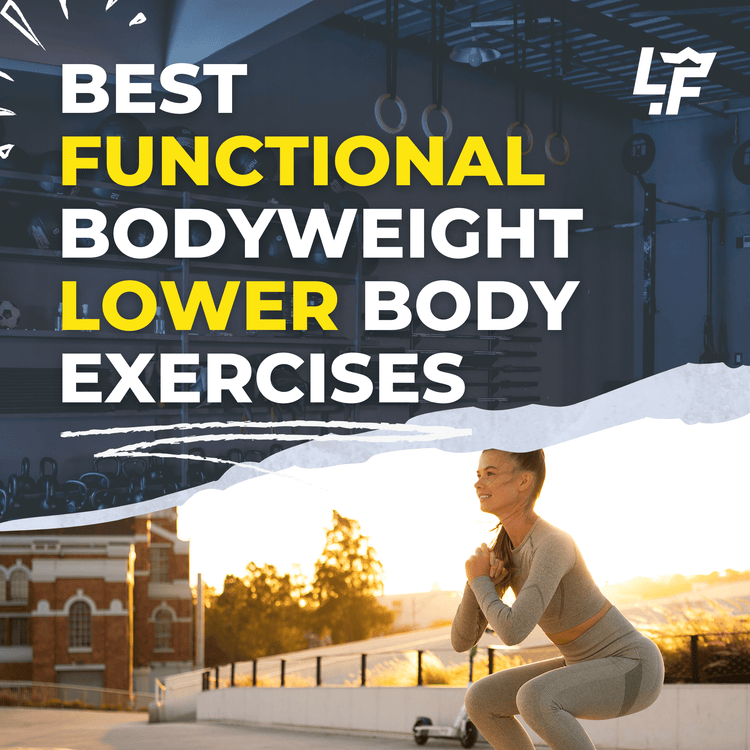
⏱️ Estimated Read Time: 6 minutes
🧠 TL;DR
- Top Bodyweight Exercises for Lower Body Function offers effective, accessible movements for targeted results.
- This guide is designed to help you move smarter, build strength, and stay consistent.
✍️ Summary
This post explores top bodyweight exercises for lower body function in a way that’s actionable and easy to follow. Whether you're new to this style of training or leveling up, it includes practical takeaways for your routine.
📚 Table of Contents
In pursuing optimal health and functionality, the importance of lower body strength cannot be overstated. Whether it's the simple act of walking, lifting objects, or maintaining balance, our lower body serves as the cornerstone of daily activities. Traditional leg day workouts focus on building brute strength, but functional fitness takes a more holistic approach. By simulating real-world movements, functional leg training enhances stability, mobility, and injury resilience, elevating the overall quality of life.
Lower Body Anatomy and Function
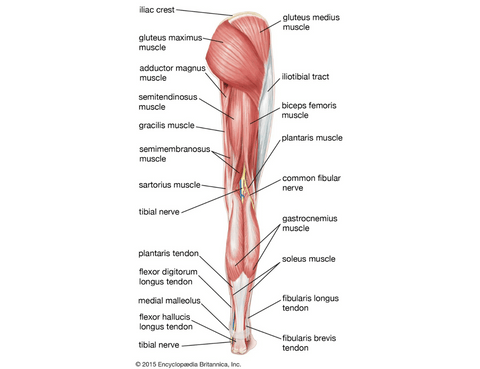
Understanding the intricacies of lower body anatomy is essential for practical training. The hip, thighs, and calves house some of the body's largest and most powerful muscle groups, including the glutes, quads, hamstrings, hip flexors, and calves. Scientific studies have revealed that weakened lower body muscles contribute to poor posture, increased fall risk, and reduced mobility, particularly in older adults.
Conditions like knee osteoarthritis are closely linked to diminished quad and glute strength. Functional training builds strength and retains proper movement patterns, addressing imbalances and preventing injuries.
Muscles Benefiting from Lower Body Workouts
Functional lower-body workouts target many muscles, each crucial in everyday movements. Understanding the anatomy and benefits of these muscles provides insights into the holistic impact of lower body exercises.
Quadriceps
The quadriceps, located at the front of the thigh, consist of four muscles.
Benefits: Squats, lunges, and step-ups effectively target the quadriceps, promoting strength and stability in the knee joint while enhancing overall lower body power.
Hamstrings
The hamstrings at the back of the thigh comprise three muscles.
Benefits: Exercises like deadlifts and hamstring curls strengthen the hamstrings, improving knee flexibility and hip extension and reducing the risk of hamstring injuries.
Glutes
The glutes, consisting of the gluteus maximus, medius, and minimus, are the powerhouse muscles of the hip.
Benefits: Movements like squats, lunges, and glute bridges target the glutes, enhancing hip stability, supporting the lower back, and improving overall lower body strength.
Calves
The calves include the gastrocnemius and soleus muscles, which are crucial for ankle movement.
Benefits: Calf raises and other exercises build calf strength, aiding in walking, running, and maintaining balance while reducing the risk of Achilles tendon injuries.
Hip Flexors
The hip flexors, including the iliopsoas, facilitate hip and knee movements.
Benefits: Leg raises, and knee-to-chest exercises engage the hip flexors, improving flexibility, reducing hip pain, and supporting overall lower body mobility.
Adductors
The adductors on the inner thigh enable leg movement towards the midline.
Benefits: Exercises like lateral lunges and side leg raises target the adductors, promoting inner thigh strength stability and reducing the risk of groin injuries.
Hip Abductors
The hip abductors, including the gluteus medius and minimus, move the leg away from the midline.
Benefits: Side leg lifts and lateral band walks activate the hip abductors, enhancing hip stability, improving balance, and preventing issues like IT band syndrome.
Understanding the specific muscles each exercise targets allows for a more tailored and effective lower body workout. A well-rounded approach ensures comprehensive strength development, promoting overall functional fitness and reducing the risk of imbalances and injuries.
Bodyweight Exercises for Lower Body
Functional fitness significantly emphasizes bodyweight exercises, utilizing our own resistance against gravity. Incorporating a variety of movements ensures a comprehensive approach to enhancing lower body strength and functionality.
Calf Raise
Benefits
- Strengthens the calf muscles, which are crucial for walking and maintaining balance.
- Improves ankle stability, reducing the risk of sprains and strains.
How To Do Calf Raise
- Stand with feet hip-width apart, lifting your heels off the ground.
- Rise onto your toes, squeeze your calf muscles, and lower back down.
Variation
- Perform on an elevated surface to increase the range of motion and challenge the muscles further.
- Try single-leg calf raises for added balance and unilateral strength.
Want to Try Bodyweight Workouts That Burn Fat and Gain Muscle? Get Access to 8 Different Bodyweight Workouts + Create Your Own With a Workout Generator! Follow on desktop or mobile!
Bulgarian Split Squat
Benefits
- Targets the quadriceps, hamstrings, and glutes for overall lower body strength.
- Improves balance and stability, as each leg works independently.
How To Do Bulgarian Split Squat
- Stand a stride's length away from a bench with one foot elevated behind you.
- Lower your body into a lunge, ensuring the front knee is directly above the ankle, then push back up.
Variation
- Hold dumbbells or kettlebells for added resistance.
- Elevate the rear foot on an unstable surface to challenge stability further.
Single Leg Glute Bridge
Benefits
- Activates and strengthens the glutes, improving hip stability.
- Enhances unilateral strength and addresses muscle imbalances.
How To Do Single-Leg Glute Bridge
- Lie on your back with one knee bent and your foot flat on the ground.
- Lift the other leg straight up while raising your hips, forming a straight line from shoulders to knees.
Variation
- Place a resistance band around your thighs to add extra resistance.
- Perform the exercise on an unstable surface, like a stability ball, to engage stabilizing muscles.
Step Ups
Benefits
- Engages the quadriceps, hamstrings, and glutes, promoting overall lower body strength.
- Improves balance and mimics the motion of climbing stairs.
How To Do Step-Ups
- Stand in front of a sturdy step or bench.
- Step up with one foot, bringing the opposite knee towards your chest, then back down.
Variation
- Hold dumbbells in each hand for added resistance.
- Increase the height of the step to intensify the workout.
Single Leg Deadlift
Benefits
- Targets the hamstrings, glutes, and lower back, enhancing posterior chain strength.
- Develops balance and stability through unilateral movement.
How To Do Single-Leg Deadlift
- Stand on one leg, hinge at the hips, and lower the torso while extending the non-standing leg behind.
- Keep the back straight, and return to the starting position.
Variation
- Hold a kettlebell or dumbbell in the hand opposite to the standing leg.
- Incorporate a slight knee bend in the standing leg for added stability.
Goblet Squat
Benefits
- Goblet Squats Target the quadriceps, hamstrings, and glutes, promoting overall lower-body strength.
- Enhances core engagement and improves squat mechanics.
How To Do Goblet Squat
- Hold a kettlebell or dumbbell close to your chest.
- Perform a squat by bending your knees and pushing your hips back, then return to the starting position.
Variation
- Increase the weight for added resistance.
- Experiment with different foot positions to target various muscle groups.
Reverse Lunge
Benefits
- Targets the quadriceps, hamstrings, and glutes, improving lower body strength.
- Enhances balance and stability through a dynamic movement pattern.
How To Do Reverse Lunge
- Step backward with one leg, lowering your body until both knees are bent at a 90-degree angle.
- Push off the back foot to return to the starting position.
Variation
- Incorporate a knee lift to engage the core after returning to the starting position.
- Hold a medicine ball or weight for added resistance.
Incorporating these bodyweight exercises into a functional fitness routine builds lower body strength and cultivates stability and balance, contributing to a more holistic approach to leg day workouts
Want to Try Bodyweight Workouts That Burn Fat and Gain Muscle? Get Access to 8 Different Bodyweight Workouts + Create Your Own With a Workout Generator! Follow on desktop or mobile!
Incorporating Lower Body Workouts
A well-rounded functional training regimen strategically integrates lower-body exercises with full-body movements like deadlifts and farmer's walks. Multi-joint exercises enhance core stability, prevent muscle imbalances, and overuse progressive overload principles, incorporating added resistance, tempo training, and unilateral exercises, ensuring a continual challenge to the lower body. Periodizing between higher and lower intensity blocks manages fatigue and prevents plateaus, ensuring sustained progress.
Common Lower Body Injuries and Prevention
Lower body-dominant sports often risk overuse injuries, such as runner's knee, Achilles tendinopathy, and hip/groin strains. Functional training, emphasizing multi-plane hip and ankle exercises, enhances joint resilience. Single-leg exercises contribute to stability and prevent asymmetry. Targeted strength training of injury-prone muscles, coupled with proper warm-ups, cooldowns, and incremental loading, proves effective in mitigating the risk of injuries.
Nutritional Support for Lower Body Strength

The symbiotic relationship between nutrition and lower body strength is undeniable.
- Protein-rich foods aid in rebuilding and repairing muscle tissue, especially after strength training.
- Post-workout carbohydrates restore muscle glycogen, while healthy fats provide anti-inflammatory benefits.
- Essential nutrients like Vitamin D, magnesium, omega-3s, and antioxidants enhance muscle performance and expedite recovery.
- Adequate hydration and calcium intake further complement the demands of rigorous leg day workouts.
Lower Body Workout Plan: Beginner, Intermediate, and Advanced Levels
Before starting any new exercise program, it's essential to consult with a healthcare professional or fitness expert, especially if you have pre-existing health conditions or concerns.
Beginner Level Lower Body Workout Plan
- Bodyweight Squats
- Sets/Reps: 3 sets of 10-12 reps
- How to Do: Stand with feet shoulder-width apart, lower into a squat position, keeping your chest up and knees over your toes.
- Lunges
- Sets/Reps: 2 sets of 10 reps per leg
- How to Do: Step forward with one leg, lowering your hips until both knees are bent at a 90-degree angle, then return to the starting position.
- Glute Bridges
- Sets/Reps: 3 sets of 12 reps
- How to Do: Lie on your back, knees bent, and lift your hips towards the ceiling, squeezing your glutes at the top.
- Calf Raises
- Sets/Reps: 2 sets of 15 reps
- How to Do: Stand on a flat surface, rise onto your toes, then lower your heels back down.
- Step-Ups
- Sets/Reps: 2 sets of 10 reps per leg
- How to Do: Step onto a sturdy bench or step, driving through the heel, and bring the opposite knee towards your chest.
Intermediate Level Lower Body Workout Plan
- Bulgarian Split Squats
- Sets/Reps: 3 sets of 12 reps per leg
- How to Do: Stand a stride's length away from a bench, one foot elevated behind you, lower into a lunge position.
- Single-Leg Deadlifts
- Sets/Reps: 3 sets of 10 reps per leg
- How to Do: Hinge at the hips, lifting one leg straight behind you while lowering your torso, then return to the starting position.
- Goblet Squats
- Sets/Reps: 3 sets of 12 reps
- How to Do: Hold a dumbbell close to your chest, perform a squat, and return to the starting position.
- Reverse Lunges with Knee Lift
- Sets/Reps: 3 sets of 10 reps per leg
- How to Do: Step backward into a lunge, then lift the knee of the back leg towards your chest after returning to the starting position.
- Single-Leg Glute Bridges with Resistance Band
- Sets/Reps: 2 sets of 15 reps per leg
- How to Do: Place a resistance band above your knees, lift one leg while raising your hips, and squeeze your glutes at the top.
Advanced Level Lower Body Workout Plan
- Barbell Back Squats
- Sets/Reps: 4 sets of 8-10 reps
- How to Do: Place a barbell on your upper back and perform squats with controlled descent and explosive ascent.
- Romanian Deadlifts
- Sets/Reps: 4 sets of 10 reps
- How to Do: Hold a barbell in front of your thighs, hinge at the hips, lower the barbell towards the floor, and then return to the starting position.
- Box Jumps
- Sets/Reps: 3 sets of 10 jumps
- How to Do: Jump onto a sturdy box or platform, landing softly, then step back down.
- Walking Lunges with Dumbbells
- Sets/Reps: 3 sets of 12 reps per leg
- How to Do: Hold dumbbells in each hand, step forward into a lunge, and continue walking with each step being a lunge.
- Pistol Squats
- Sets/Reps: 3 sets of 6-8 reps per leg
- How to Do: Stand on one leg, extend the other forward, lower into a squat, and return to the starting position.
Adjust the weight and intensity according to your fitness level, and always prioritize proper form over heavier weights. Additionally, incorporate a warm-up and cooldown into each session, and listen to your body to avoid overtraining and injury.
Want to Try Bodyweight Workouts That Burn Fat and Gain Muscle? Get Access to 8 Different Bodyweight Workouts + Create Your Own With a Workout Generator! Follow on desktop or mobile!
Real-Life Success Stories
Real-life success stories underscore the transformative power of functional fitness.
John credits functional fitness for resolving his decade-long knee pain. He progressed from bodyweight moves to weighted lunges and split squats over six months. After years of discomfort, daily activities like getting in and out of cars and navigating stairs are pain-free.
Mary, 65, managed to prolong her independence at home after adopting regular calf raise exercises. She reports feeling steady on her feet again while running errands after a period of instability resulting in falls.
Progression Strategies

Progression strategies are the linchpin of practical lower-body functional fitness. Adding sets or reps, increasing resistance, reducing the base of support, incorporating single-leg variations, emphasizing explosive concentric movements, employing slow eccentric tempos, and integrating balance challenges are all valuable tools. Strength coach Chris emphasizes, "Master movement quality before chasing external loads." The emphasis on controlled movements mitigates the risk of compensation patterns and injury.
Progression is achievable through various means, including adjustments to depth, sets, reps, tempo, and balance challenges. Home-based exercises like sit-to-stands and glute bridges ensure accessibility for beginners.
A Coach's Perspective
Coach John emphasizes the pivotal role of lower body training in achieving overall fitness and functional well-being. John underscores the importance of building strength in key muscle groups such as the quadriceps, hamstrings, glutes, and calves.
From his coaching perspective, John highlights that lower body exercises contribute to enhanced stability and balance and play a crucial role in injury prevention. Coach John says," I fully endorse integrating lower body exercises into a broader functional training regimen, using progressive overload principles for sustained progress."
Conclusion
In conclusion, prioritizing lower body strength through functional fitness proves essential for overall health and functionality. This article highlights the significance of real-world movements in enhancing stability, balance, and injury resilience, ultimately elevating daily activities and quality of life. By delving into lower body anatomy, targeting key muscle groups, and detailing bodyweight exercises, the holistic approach of functional fitness to leg day workouts becomes evident. Integrating lower body exercises into a broader regimen, considering nutritional support, and addressing common injuries underscore the proactive role of functional training.
The provided workout plans cater to various fitness levels, and real-life success stories emphasize the transformative power of this approach. Finally, the emphasis on progression strategies and expert advice ensures a safe and effective journey toward optimal lower body strength and functionality.
Welcome to Living.Fit
Welcome to Living.Fit! Our goal is to entertain and educate people with high-quality and informative written and video content. We offer a range of fitness equipment and digital workouts designed to help you achieve your fitness goals, including functional lower body exercises.
Our Products
We provide a variety of high-quality fitness equipment, including gym mats, weight benches, and resistance bands that are perfect for functional lower body exercises.
Digital Workouts
Our digital workouts are designed to be followed at home or at the gym. Whether you're looking for a full-body workout or specific lower body bodyweight exercises, we've got you covered.
Shop Collections
Explore our collections of third-party fitness equipment. From dumbbells to barbells, we have everything you need for your home gym setup, including equipment for a comprehensive lower body bodyweight workout.
Thank you for visiting Living.Fit. We're here to support your fitness journey with top-notch products and engaging content, including tips for functional lower body workouts.
Helpful Resources:
- Free Daily workouts with dumbbells here
- Fitness Equipment like dumbbells, barbells, resistance bands here
- Be alerted when we publish more like this to our blog here
- Full 30 Day workout plans here
- Weekly Free Bodyweight workouts here
- Follow along with $1 video workouts here
Want more guidance? Check out our Weekly Dumbbell Workout #1.
📝 FAQs
How often should I do these exercises? +
2–3 times per week is a good starting point for most people.
Do I need equipment? +
Many of these can be done with just your bodyweight or a single kettlebell or dumbbell.
Can beginners do these routines? +
Yes! These movements are designed to scale with your fitness level.



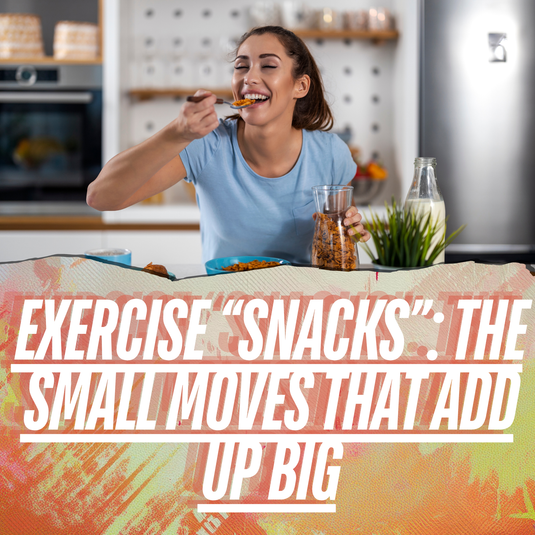
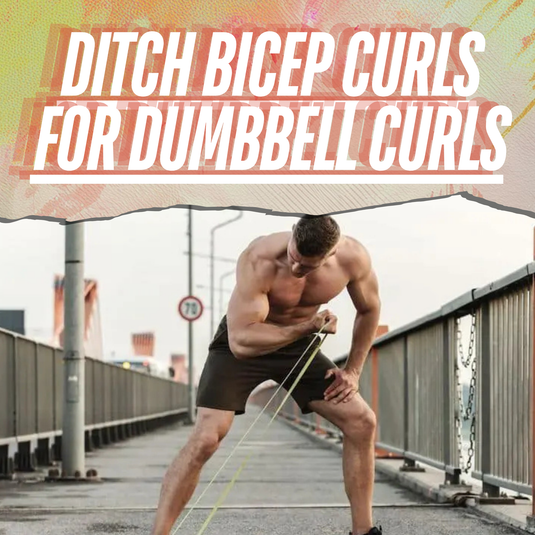

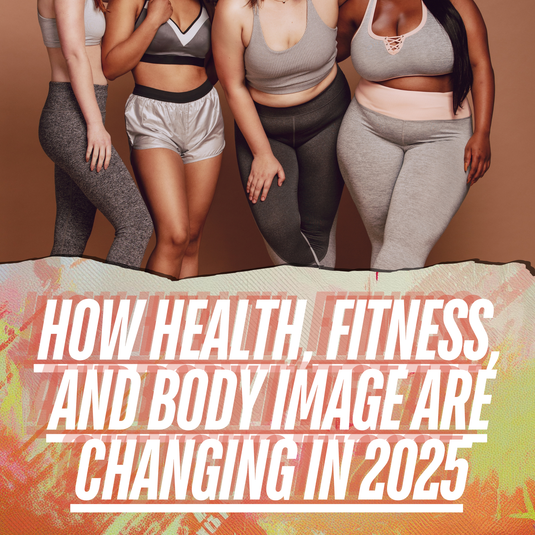

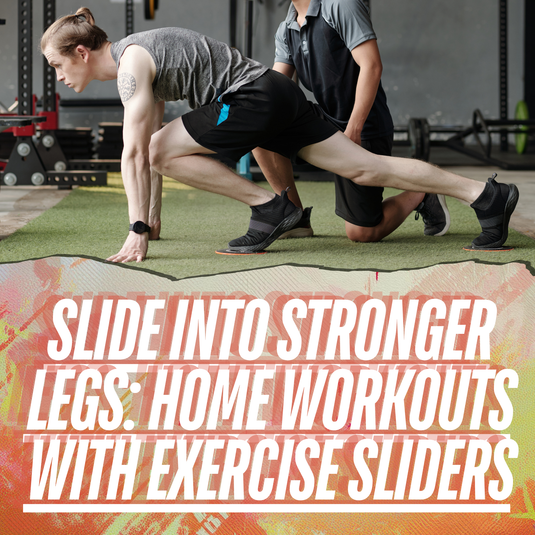
“Loved your post! The one on Lower Body Weight Training benefits was equally inspiring—so practical and motivating!”
https://tinyurl.com/2afdjmze